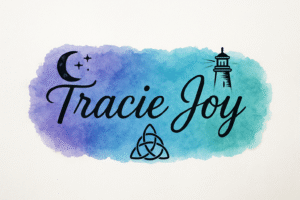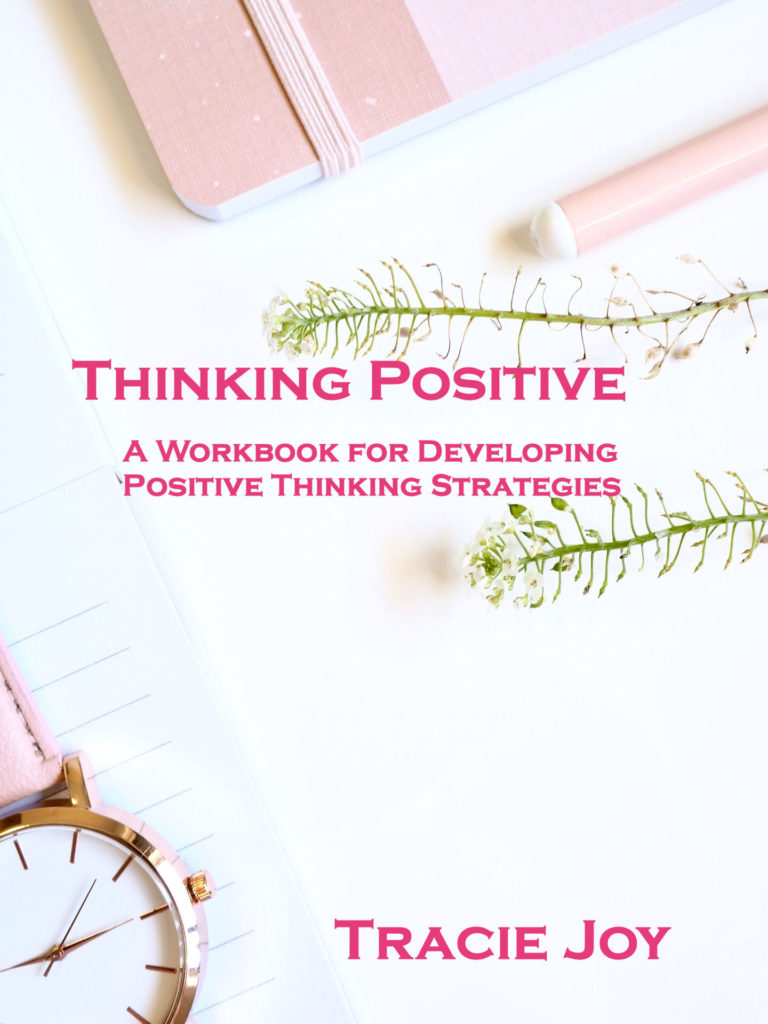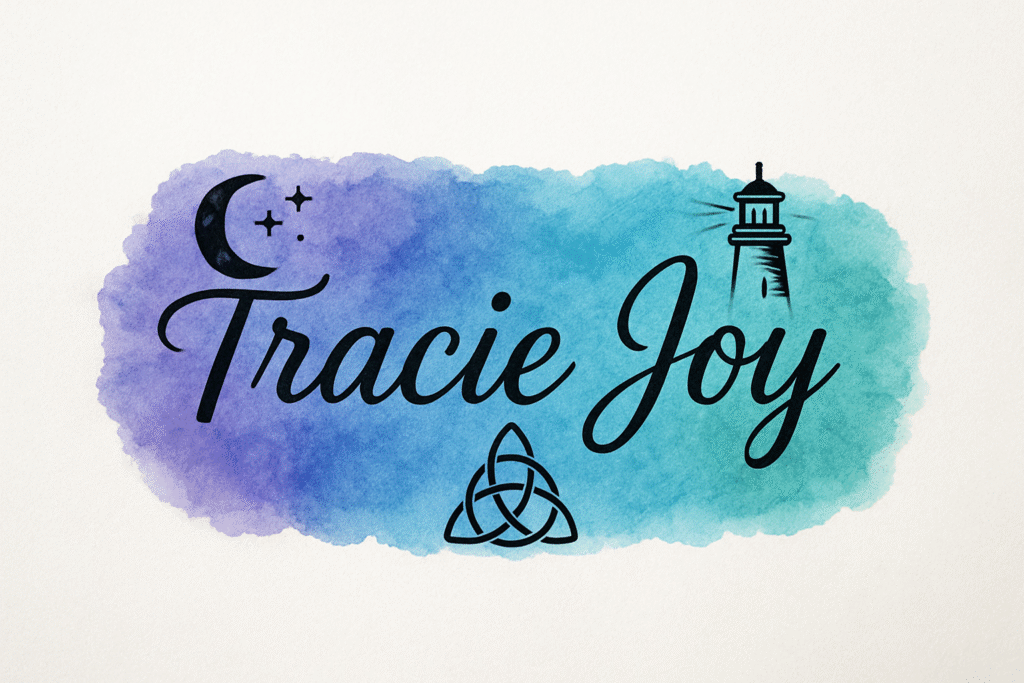Writing Through Grief, Joy, and Other Strong Emotions
There is something powerful about writing through strong emotions. It is messy, cathartic, healing, confusing, beautiful, and sometimes a tiny bit chaotic. The page becomes a place where tangled thoughts can finally breathe. As writers, we  often feel pressure to keep our emotions tidy and professional, but creative work does not thrive inside locked boxes. It thrives in the raw places.
often feel pressure to keep our emotions tidy and professional, but creative work does not thrive inside locked boxes. It thrives in the raw places.
If you have ever tried to write while experiencing grief, joy, heartbreak, burnout, or that strange cocktail of everything at once, you know it can feel impossible. You sit down, open a document, stare at the blinking cursor, and think, “Nope.” The brain is loud, the heart is louder, and the words feel like they are hiding under a blanket refusing to come out.
But here is the truth. Those intense emotional stretches can become some of the most honest and compelling writing of your life. Strong feelings break down the inner editor that usually whispers unhelpful things like, “Make this perfect.” Instead your words become real. They stop performing and start speaking.
Why Writing Through Strong Emotions Creates Better Work
Grief slows everything down. Joy speeds everything up. Anger sharpens your voice. Love softens it. When you are writing through strong emotions, your usual rhythm gets disrupted in a way that can actually be helpful. The emotional shift invites new angles, new language patterns, and new honesty.
Readers connect deeply with authenticity. If you write about a heartbreak you carry in your bones, they will feel it. If  you describe a joy that makes you want to dance in the kitchen at midnight, they will smile with you. Writers are emotional translators. The page becomes your interpreter.
you describe a joy that makes you want to dance in the kitchen at midnight, they will smile with you. Writers are emotional translators. The page becomes your interpreter.
If you want an example of this kind of emotional truth, look at reflective writing practices recommended by the Greater Good Science Center at Berkeley. They explain how expressive writing helps people process heavy emotions and find clarity in times of stress. Their work highlights the mental health benefits of turning feelings into words, which is something every writer can lean into when creating authentic work.
Let Your Emotions Lead the First Draft
When you are writing through strong emotions, stop trying to structure the first draft. Structure is future you’s problem. Let this version of you simply get the feeling onto the page. Spilled ink can be shaped later. For now, the goal is release, not perfection.
Try one of these approaches when everything you want to say feels stuck:
- Start with a single line. One messy sentence is enough to crack the wall.
- Give your emotion a voice. Let grief or joy speak like a character.
- Use sensory details. Describe what your emotion feels like in your body.
- Write in short bursts. Ten minutes of honest writing can break open an hour of clarity.
The beautiful thing about emotional writing is that it does not need to look beautiful while it is being created. It just needs to exist. Editing will happen later, but truth needs space first.
When Emotion Becomes a Creative Catalyst
Some of your best ideas might only surface when you feel everything at once. Grief can uncover themes you never knew mattered to you. Joy can inspire stories full of color, hope, and movement. Anger can sharpen your voice and give your writing purpose. Love can soften your tone and help you connect more closely with your characters.
Writing through strong emotions can help you discover your authentic voice. We often talk about voice as if it is some mystical treasure hidden in a cave. In reality, voice is the way your truth sounds when you stop trying to impress anyone. Emotion strips away the impulse to sound polished. What remains is your real tone. Your real rhythm. Your real heart.
When You Need a Gentle Pause
Sometimes the writing helps. Sometimes it hurts. If you are writing about something too raw, it is perfectly okay to step back. You are a human being before you are a storyteller. If you need encouragement, you might find it in this older post about shaping your thoughts and nurturing your inner strength. Let it remind you that you can take breaks without losing momentum.
Writing is a long game. You do not have to pour every emotion onto the page today. You just have to show up when you can and trust that the words will meet you there.
Turning Emotion Into Creative Growth
Whether you are handling waves of grief or bursts of joy, your writing is a safe container for all of it. There is no wrong way to feel, and there is no wrong way to write your way through it. Let your emotions guide you, teach you, and deepen your understanding of the world you are creating.
Research on expressive writing from the American Psychological Association shows that turning emotions into words can help people process stress and improve clarity. Writing through strong emotions is not a weakness. It is a powerful artistic tool. The more you allow yourself to feel, the more your readers will feel you on the page. And that connection is what keeps your stories alive.
Keep writing, friend. The world needs your voice. Even on the days when it trembles.




3 Responses